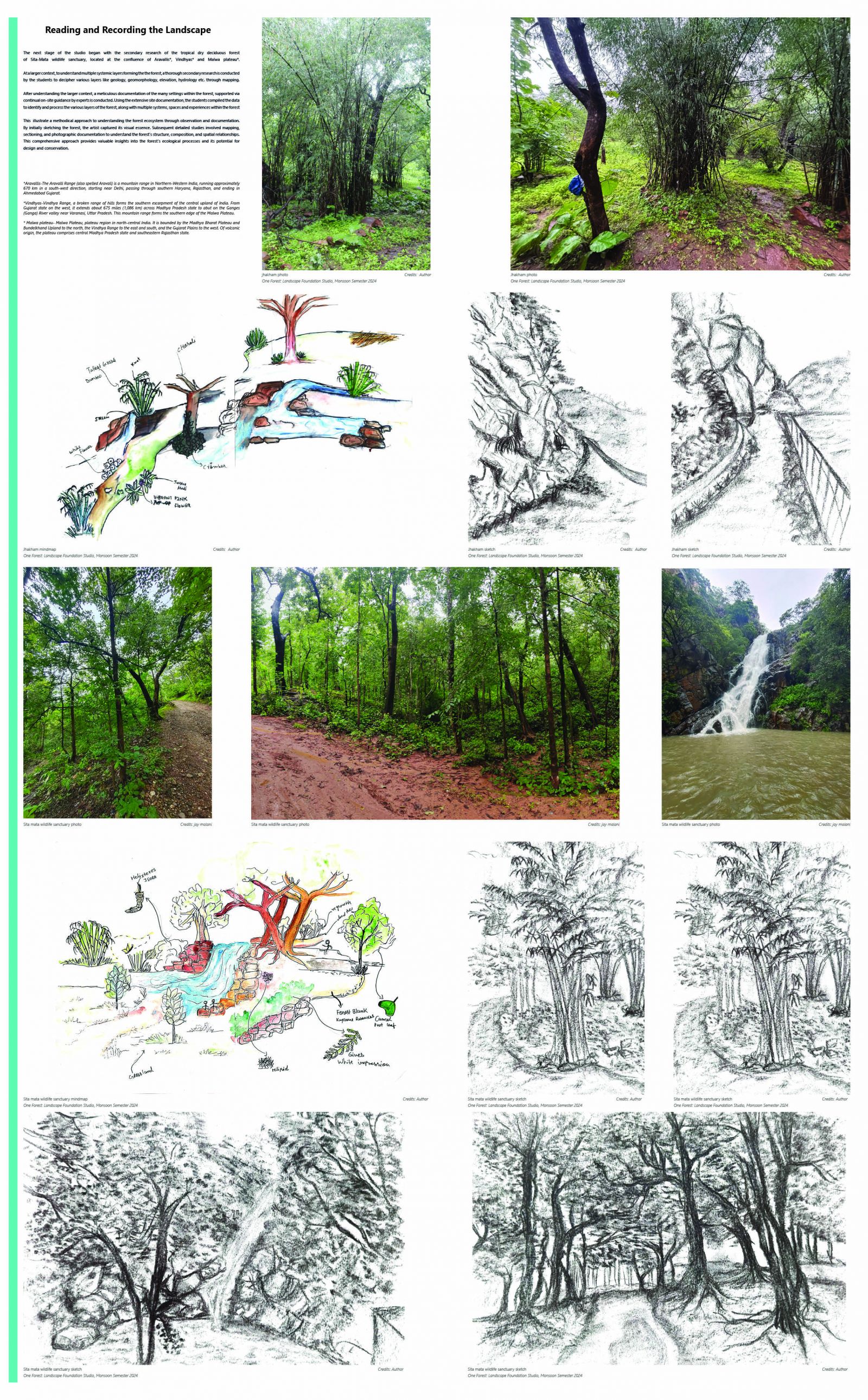Your browser is out-of-date!
For a richer surfing experience on our website, please update your browser. Update my browser now!
For a richer surfing experience on our website, please update your browser. Update my browser now!
Delving into the intricate world of orchids has been a fascinating journey. These delicate flowers, with their diverse shapes, colors, and adaptations, have captured my attention. The exploration has revealed the crucial role of habitat in shaping the diversity of orchid species. Factors such as light intensity, humidity, soil type, and altitude significantly influence their growth and survival. Epiphytic orchids, like Aerides multiflorum and Vanda testacea, have evolved specialized aerial roots to absorb moisture and nutrients from the air, while terrestrial orchids like Peristylus constrictus and Geodorum recurvum rely on well-drained, nutrient-rich soil. Furthermore, the intricate relationship between orchids and their pollinators is a marvel of nature. These specialized pollinators, often bees, butterflies, or specific insect species, play a vital role in the reproductive success of orchids. Understanding the delicate balance between orchids and their environment is crucial for their conservation. By protecting their habitats, promoting sustainable practices, and raising awareness about their importance, we can ensure the continued existence of these botanical wonders.









